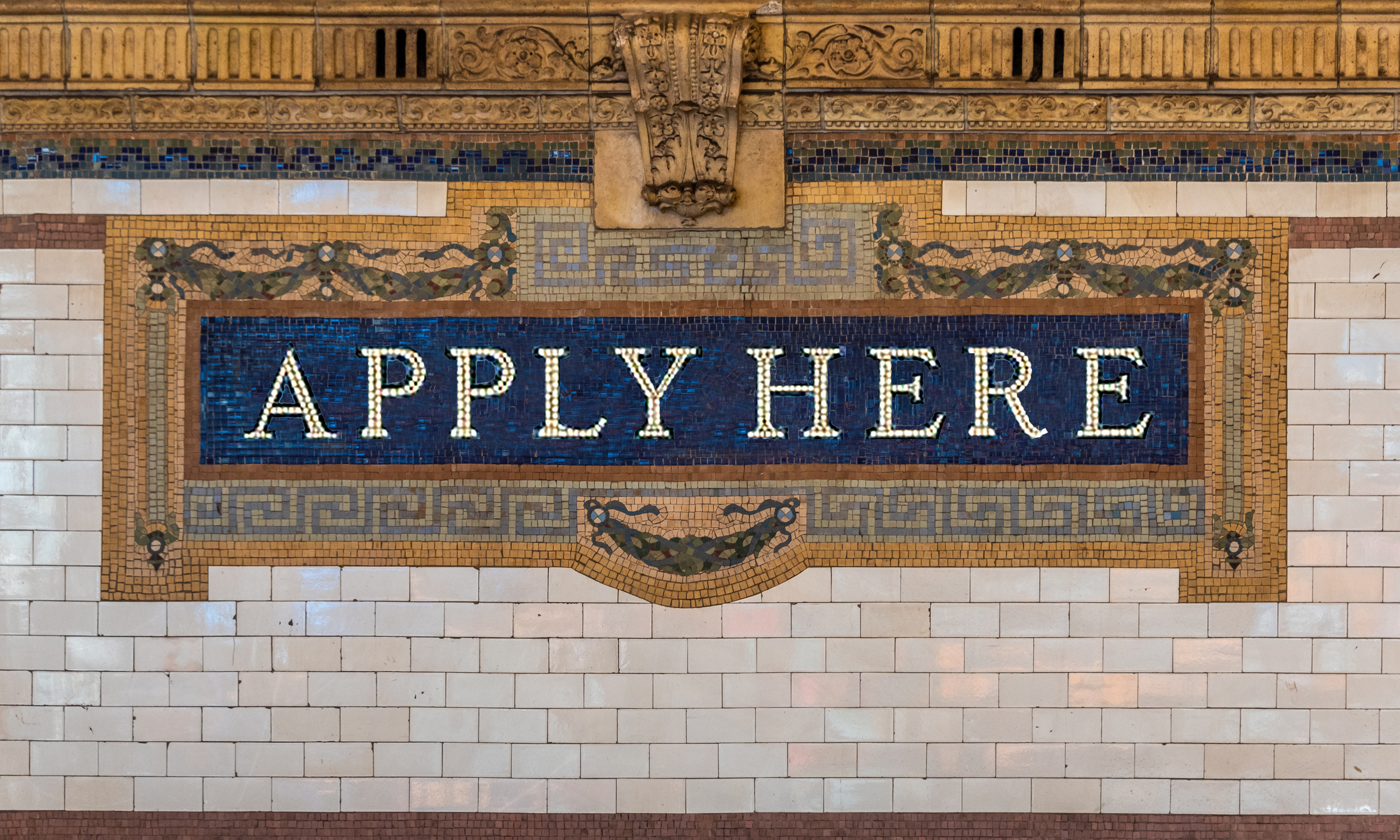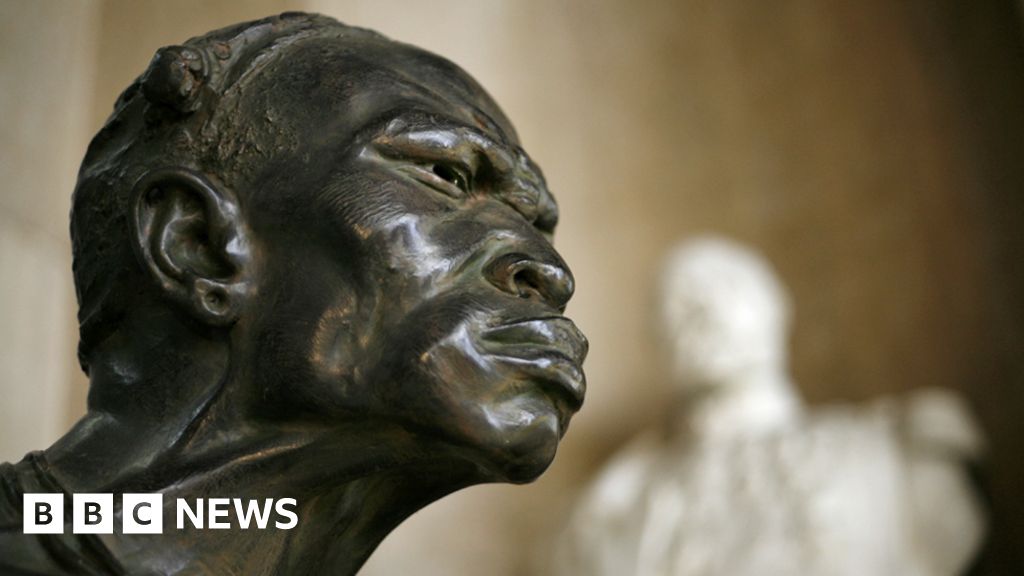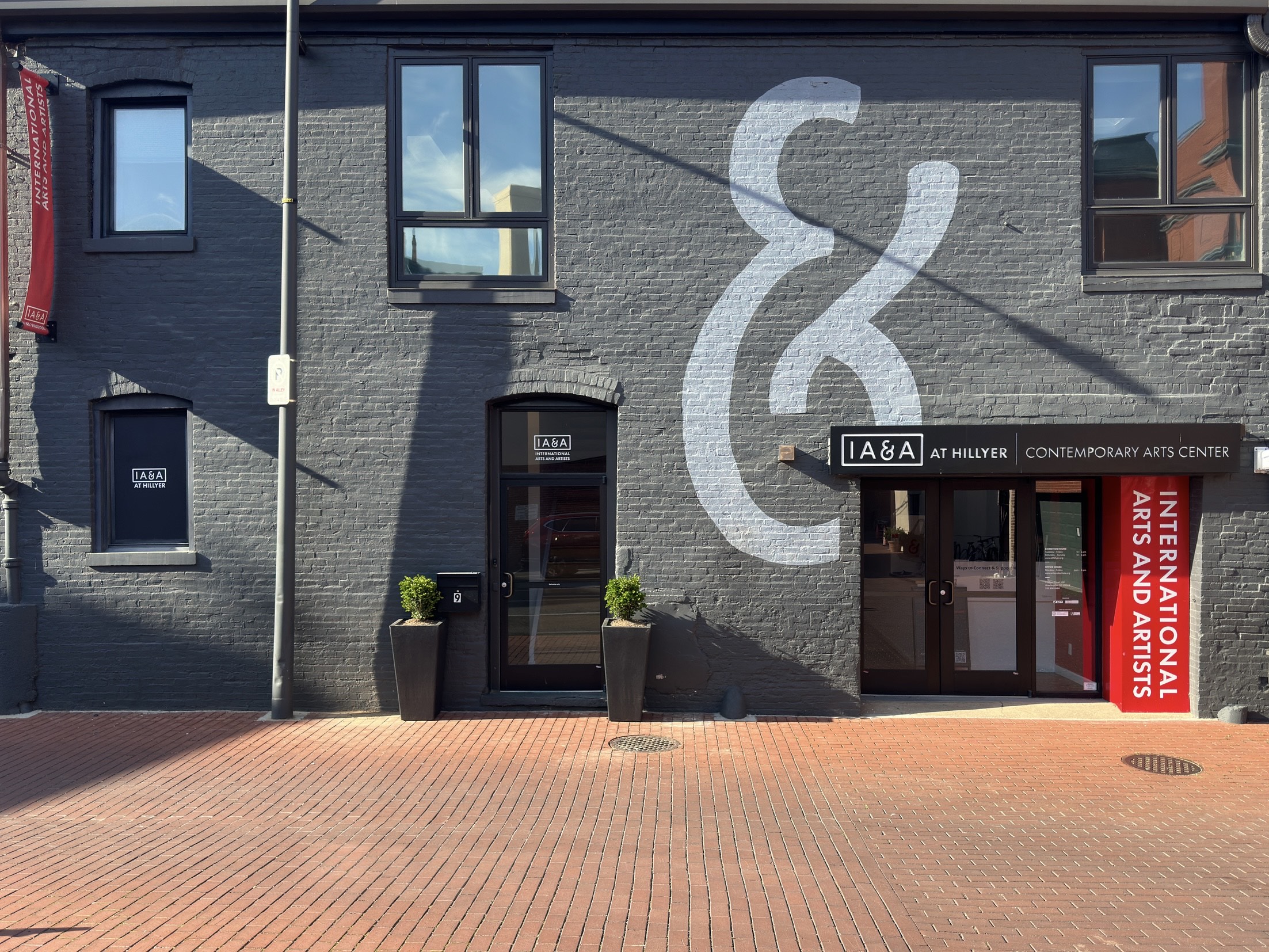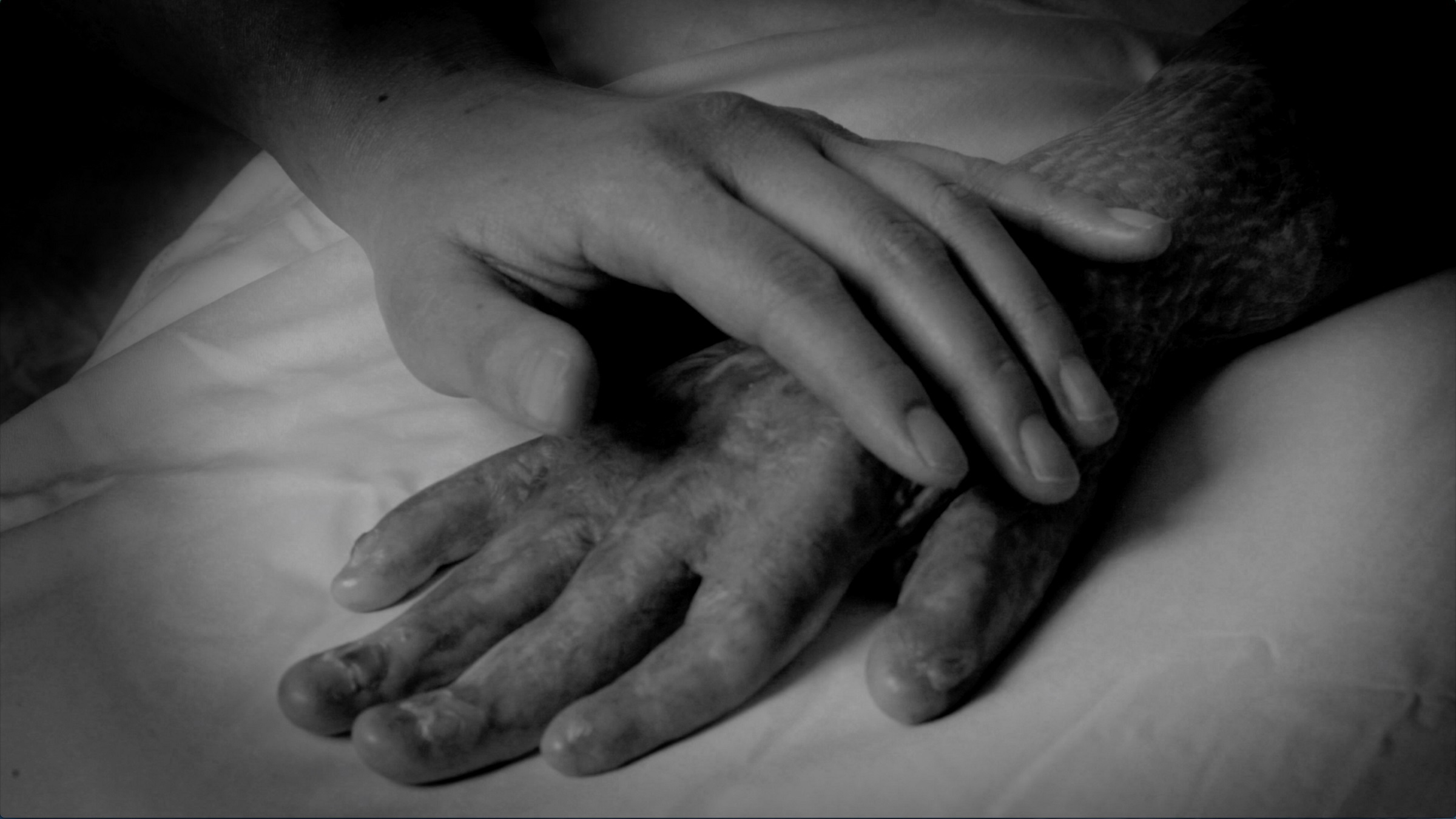I’d love to be working on public and private art commissions, but I have no idea how to enter this world. Can you offer any advice? — lost but hopeful
The simple answer to the question of how you can secure art commissions is to apply for them. Or meet a rich person or interior designer. Or meet an artist who might let you apprentice. Or screw the system altogether and take over the side of an abandoned building or bus stop.
The truth is there are so many ways to get commissions, yet so few shared resources about how to secure them, that many artists never venture into the field. Moreover, many artists assume that the work they make will not translate well in a different medium, thus cutting themselves off from opportunities that might otherwise be available to them.
To answer your question, I decided to get advice from the horse’s mouth — the facilitators, commissioners, and artists making public art.
“There are all kinds of opportunities out there,” Sally Kraus, director of Member Services at CODAworx, told me, adding, “I think it’s a growing industry.” Kraus describes CODAworx as a little like LinkedIn for the art commissions community. The Madison, Wisconsin-based company helps artists, creative teams, and sub-contractors connect through its membership, magazine, and events. Unlike social media sites such as Instagram, where soliciting opportunities via DM can put off contacts as easily as it does connect, messaging inside the CODAworx is welcomed. “Anyone can write to the consultants,” Kraus said. And they can build a team using the databases.
Both Kraus and Cortney Lane Stell, executive director of the Denver-based nomadic art museum Black Cube, told me that understanding the various ways you can engage commissioned art was critical to an artist’s success. Permanent public artworks tend to come through city agencies via a call-for-entry process, in which granting organizations support artists who work in the public realm independently. But organizations like Black Cube take a more curatorial approach. “That outreach is a little bit more opaque and much more social,” Stell confessed. She selects the artists she works with through research and studio visits.
Rebecca Rothman, an artist and the public art manager for the city of Tempe, Arizona, believes that artists seeking public art commissions most frequently struggle with the application process itself.
“I tell artists that [writing] ‘Imagine if you will’ does not work with panelists,” she told Hyperallergic. Stakeholders involved in the decision-making process may be dentists or school principals who aren’t visually trained. You have to show them exactly what they will see.
The biggest issue, though, might be the shift from creating work meant to be seen inside controlled spaces such as museums, and a public space where the audience will be much more diverse and doesn’t necessarily choose to view the work. Your job is to sell what you’re going to do to that audience. “Many artists confuse a public art application with applying for a grant,” Rothman said. “It’s a switch of mindset. You’re applying for a job.”
Thomas Evans, a Denver-based artist, talks about how he received his recent commission for the Denver airport in the same way someone might apply for work. “You have to get experience beforehand,” he told Hyperallergic.
But how do you get experience when you don’t have it? Evans is best known as a muralist, but now he’s making his first sculpture. The piece will be hung from the ceiling — a giant loop made from upcycled luggage he affixed together and painted in a rainbow gradient.
“I got the commission by working with other artists,” Evans explained. “Committees know the people I team up with, so it’s not as concerning to pick me. They want someone who is capable of completing the project.”
It’s not the only way to secure a commission when you start out: You can also apprentice with another artist to help them realize their project and gain experience. And some localities, like Aurora, Colorado, put out open calls for artists who have not done public projects.
To secure the airport commission, which he says is a three-to-four-year project with a budget of $450,000, Evans collaborated with project manager Mary Valdez, who until recently worked under the Denver Arts & Venues division of the Denver Public Art program. Valdez now works directly with artists. She found artist calls for Evans and helped him apply.
Valdez occupies a position most artists would love in a partner: She acts as an advisor and a manager, seeking out projects that are a good match for the artists she works with, writing the applications, and managing the projects. She selects the artists she works with, and charges an hourly rate for the work, and a percentage of the project if it is secured.
She told me that launching her solo show last year, gave her perspective on the bravery needed to be an artist. “Putting your foot forward takes a lot of courage,” she said. “When I work with artists, I’m honest about where I think they are and where I think they can be. Success doesn’t happen overnight and you have to be tough. We’ll apply for 20 projects and you’ll get one or two.”
Unlike creating a painting in a studio, public art commissions often include a lot of administrative work artists don’t want to do. Having the support of someone like Valdez is important, but the artist will need to learn how to manage teams of people, payroll, not to mention navigating building codes, longevity and upkeep considerations, and more. But Evans says he enjoys the work and has found it a good learning experience.
“I know I need to know this to scale up and grow, and I’m glad to do it on someone else’s dime,” he said. Spoken like a true entrepreneur.
* * *
Editor’s Note: If you have a problem you’d like advice on, send your questions to paddy@vvrkshop.art. Include your name and location, or a request to remain anonymous. Letters may be edited.



